New Zealand’s diverse landscapes create perfect conditions for atmospheric fog that transforms familiar terrain into otherworldly scenes. From geothermal valleys shrouded in steam to alpine lakes veiled in morning mist, the country offers extraordinary opportunities to experience the ethereal beauty of foggy dawns. These ephemeral moments, when landscapes reveal themselves gradually through shifting vapors, provide photographers and nature lovers with magical experiences found nowhere else.
Here is a list of 20 places across New Zealand where foggy mornings create unforgettable natural displays.
Waikato River, Hamilton

The longest river in New Zealand creates spectacular radiation fog as cool morning air meets the warmer water flowing north from Lake Taupo. Early risers can watch from riverside paths as the mist rises from the water’s surface, creating a floating blanket that gradually dissipates with the warming sun while revealing the lush riverbanks beneath.
Mackenzie Basin, Canterbury
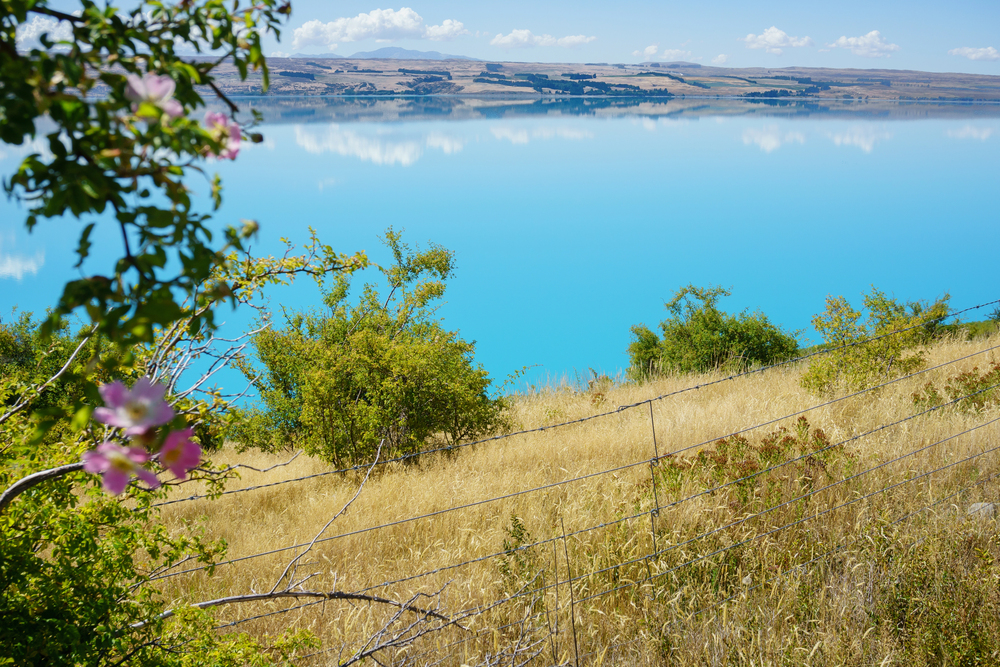
This high-country plateau surrounded by mountains experiences frequent temperature inversions that trap fog in its basin during autumn and winter mornings. The flat landscape dotted with tussock grasses and glacial lakes becomes a minimalist dreamscape where distant peaks seem to float above a sea of white.
Like Travel Pug’s content? Follow us on MSN.
Waiotapu Thermal Reserve, Rotorua
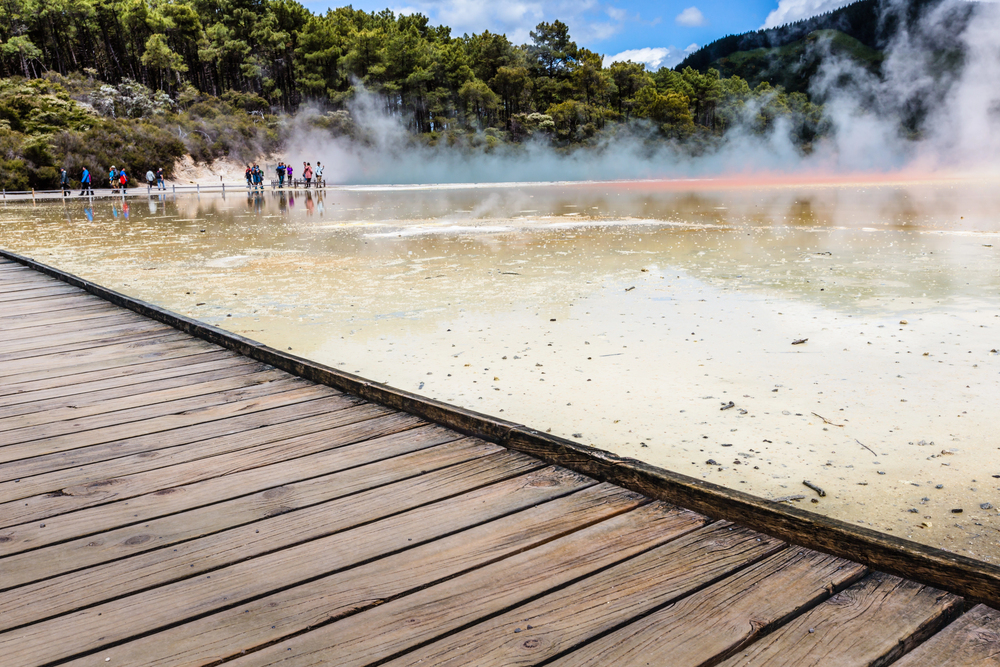
The geothermal wonderland produces perpetual fog regardless of weather conditions as steam rises from colorful hot pools and bubbling mud pits. Dawn visitors experience an amplified effect when the natural morning fog combines with geothermal steam, creating a multicolored mist illuminated by the rising sun against the backdrop of surreal mineral formations.
Mavora Lakes, Southland

These remote twin lakes nestled between mountains were used in Lord of the Rings as a filming location, but their real magic appears on still mornings when fog settles over the water. The surrounding beech forests emerge like islands from the mist, creating mirror reflections on the perfectly calm water surface that disorient the viewer’s sense of up and down.
Tongariro National Park
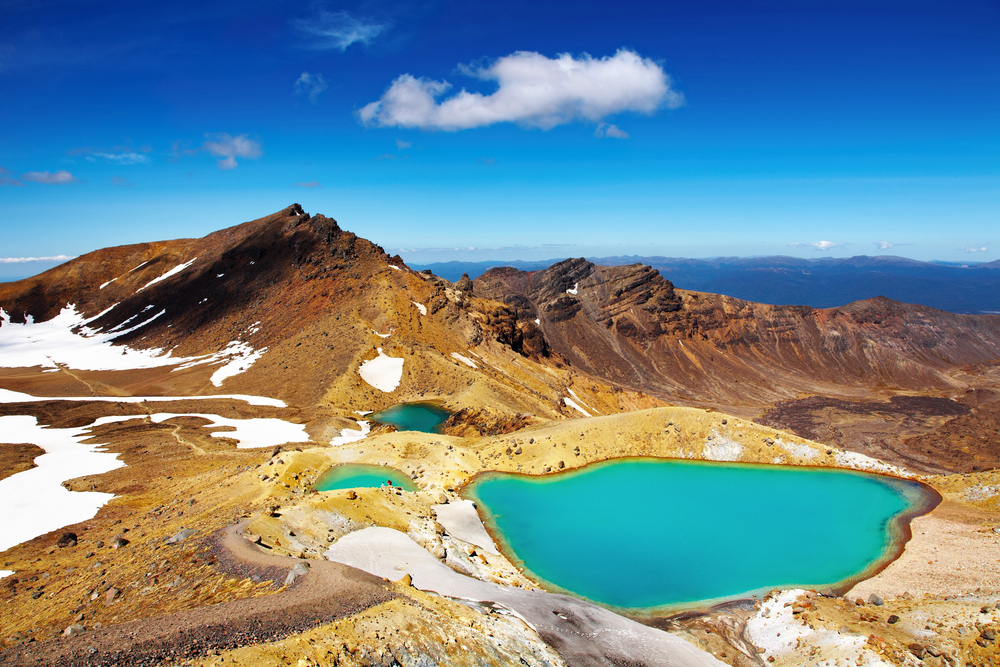
The active volcanic landscape creates dramatic conditions where fog forms and shifts around the distinctive silhouettes of Mount Ngauruhoe and Mount Ruapehu. Hikers starting the Tongariro Alpine Crossing at dawn often witness the surreal experience of walking through clouds before emerging above the fog line to see distant peaks breaking through a white ocean.
Like Travel Pug’s content? Follow us on MSN.
Doubtful Sound, Fiordland
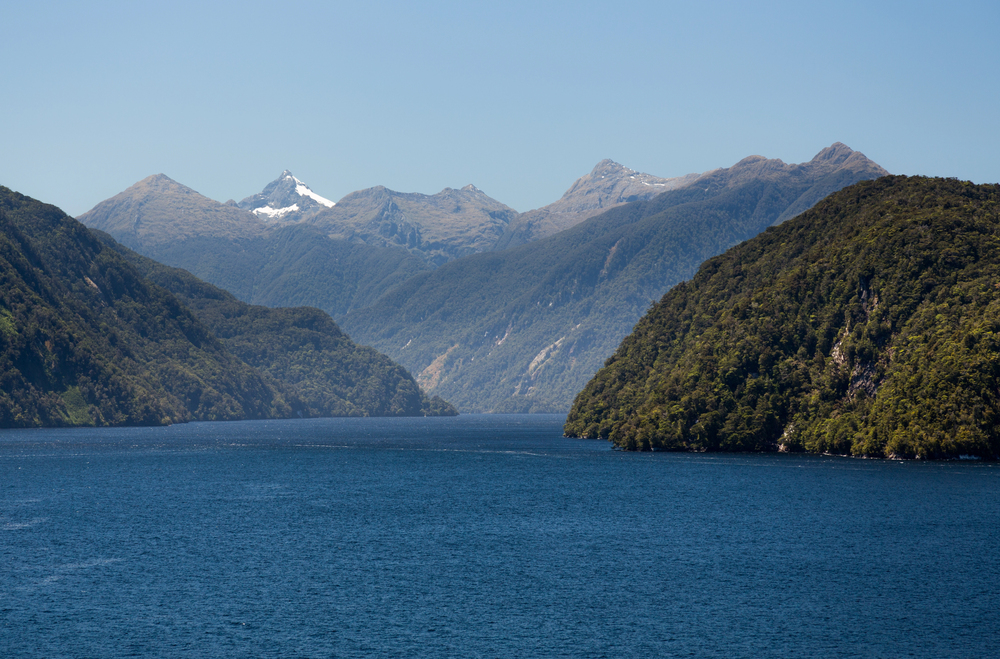
Less visited than its famous neighbor Milford Sound, this remote fiord experiences regular morning sea fog that weaves between towering cliff faces draped with temperate rainforest. The steep-sided valleys channel the mist into ethereal formations, while the stillness is broken only by waterfalls emerging mysteriously from the vapor.
Nelson Lakes National Park
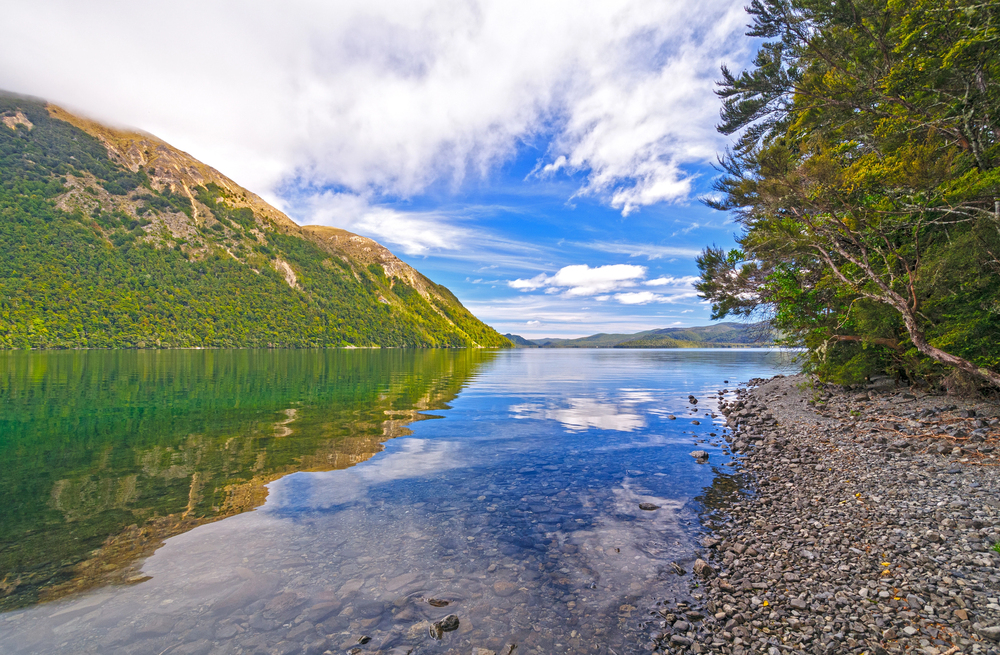
The aptly named Misty Peaks area of this alpine park regularly disappears under morning fog that clings to the mountainsides throughout the cooler months. The fog transforms the beech forests into ghostly silhouettes while creating dramatic reveals of Lake Rotoiti and Lake Rotoroa as patches of blue appear through breaks in the misty blanket.
Port Hills, Christchurch
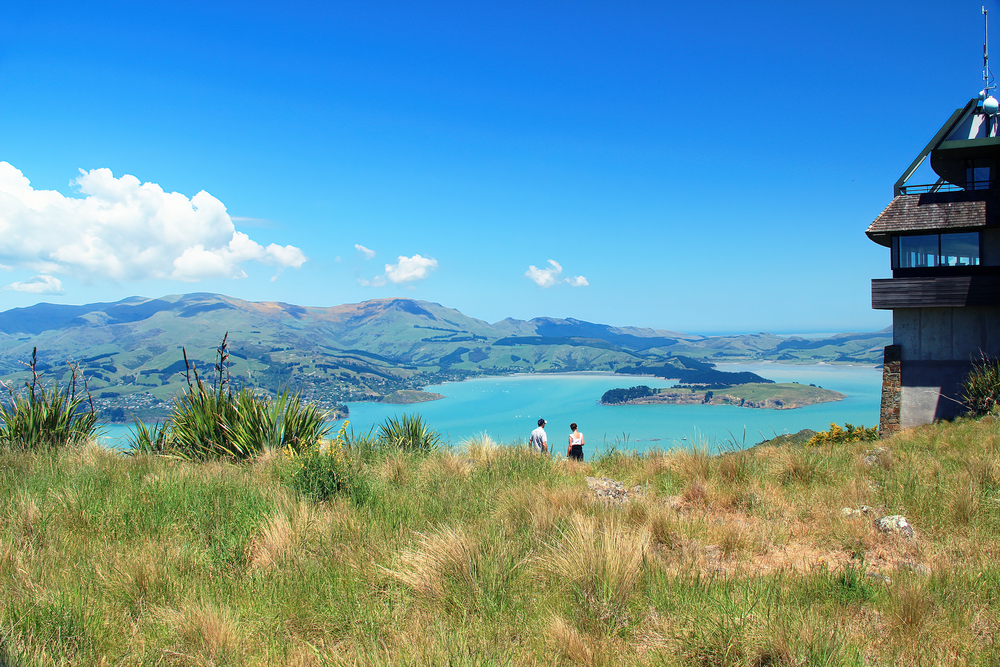
The elevated suburbs overlooking Christchurch often sit above a layer of fog that blankets the Canterbury Plains and Pegasus Bay. Morning walkers on the Crater Rim pathway experience the remarkable transition from murky fog to brilliant sunshine within just a few minutes of climbing, with the city below completely obscured except for occasional rooftop silhouettes or treetops piercing the white expanse.
Like Travel Pug’s content? Follow us on MSN.
Taieri Plains, Dunedin
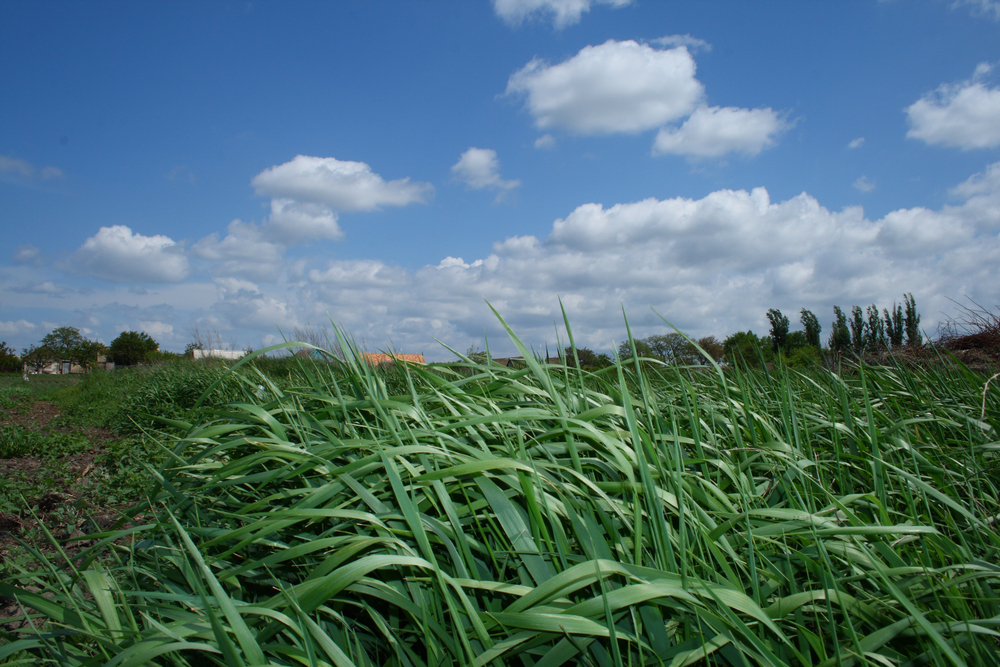
This fertile farming region experiences frequent radiation fog as cold air settles in the low-lying areas during clear, still nights. Early morning drivers on Dunedin’s winding hill roads emerge above a perfect white blanket that fills the plain from coast to hills, with only farm buildings and tree tops visible like islands in a misty sea.
Whakarewarewa Forest, Rotorua
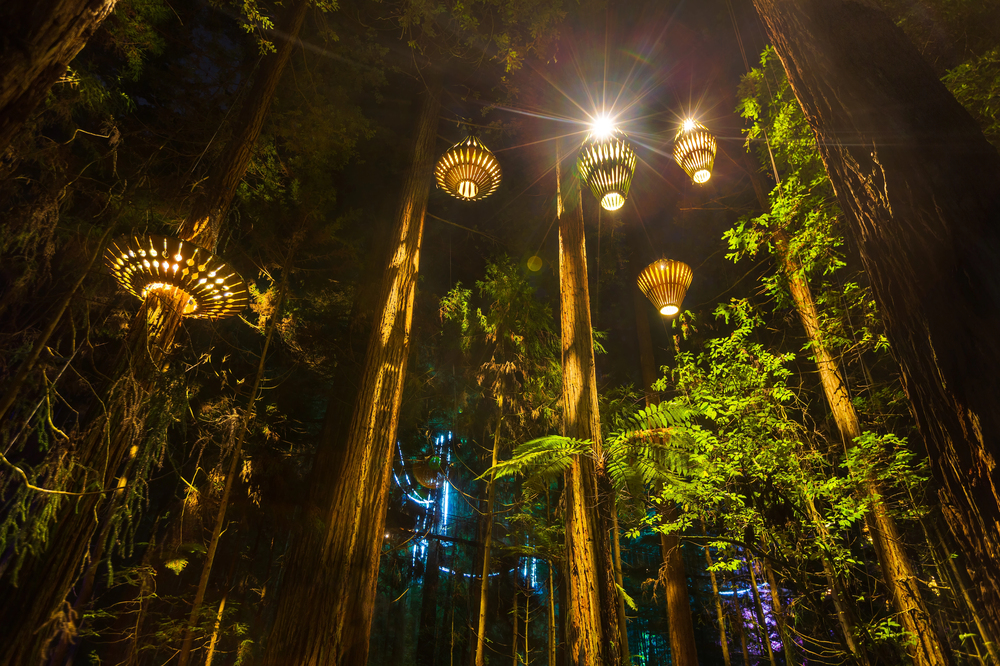
The towering California redwoods planted in this forest create ideal conditions for fog formation and retention among their massive trunks. Mountain bikers and hikers setting out at dawn navigate through atmospheric layers where mist swirls around the reddish columns of the trees, creating an enchanted forest atmosphere enhanced by the geothermal steam nearby.
Central Otago Vineyards
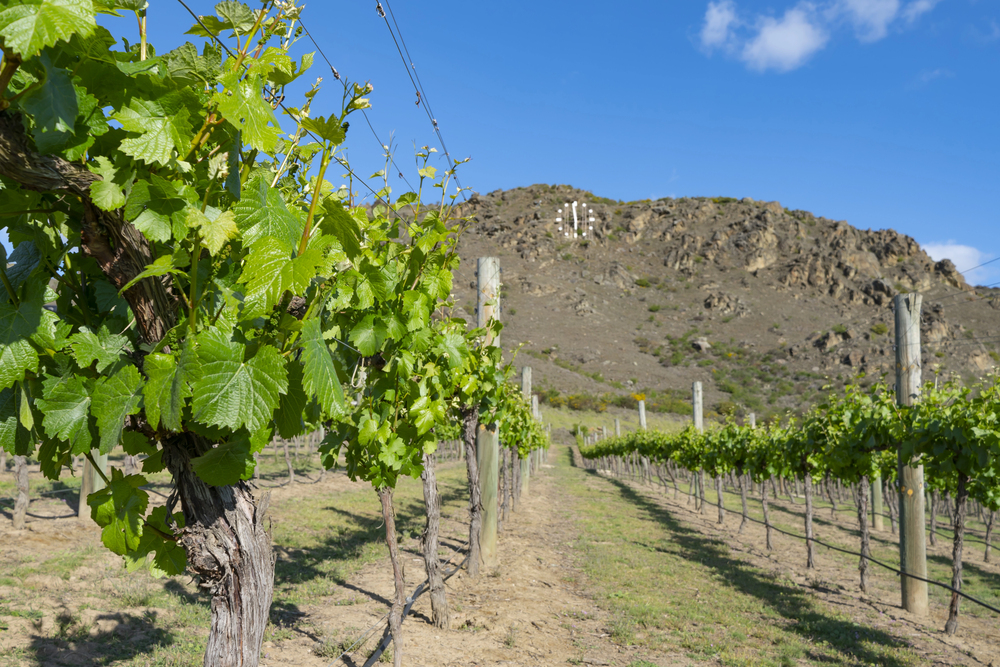
The wine-growing valleys near Alexandra and Cromwell experience dramatic temperature shifts between night and day, generating morning fog that protects delicate grape varieties. Visitors to cellar doors opening at 10 AM catch the tail end of the phenomenon as the last wisps of ground fog retreat up the schist-covered hillsides, revealing the geometric patterns of vineyard rows.
Like Travel Pug’s content? Follow us on MSN.
Kaweka Forest Park, Hawke’s Bay
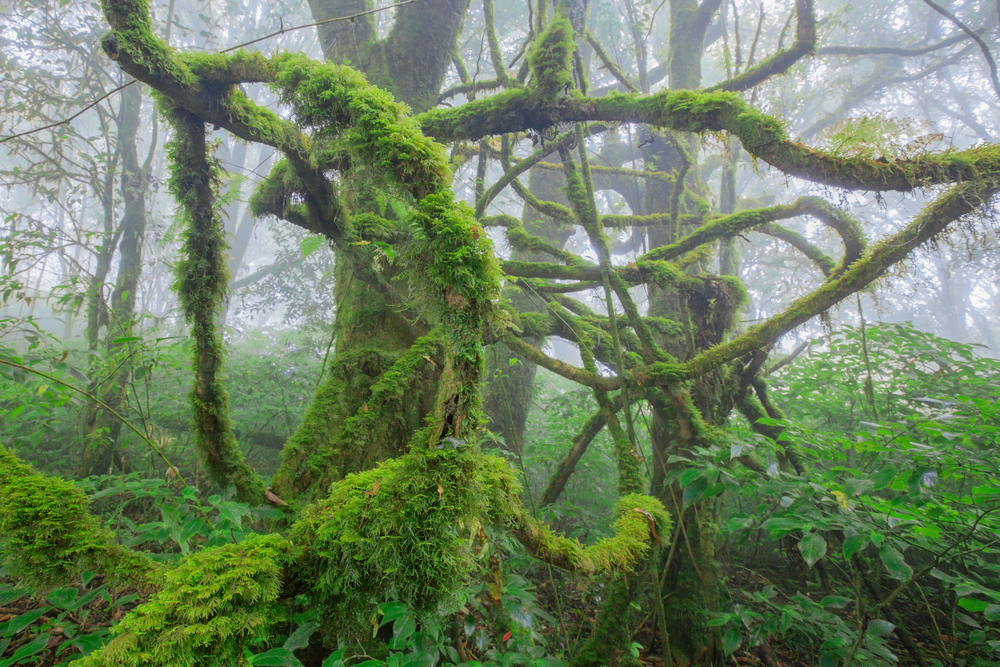
The varied elevation of this mountain range creates zones where clouds and fog become trapped against the eastern slopes facing the sunrise. Hikers staying in the park’s backcountry huts often awake to find themselves completely enveloped in dense fog that burns away dramatically as the morning progresses, revealing stands of native beech and expansive views across the Hawke’s Bay region.
Hokitika Gorge, West Coast
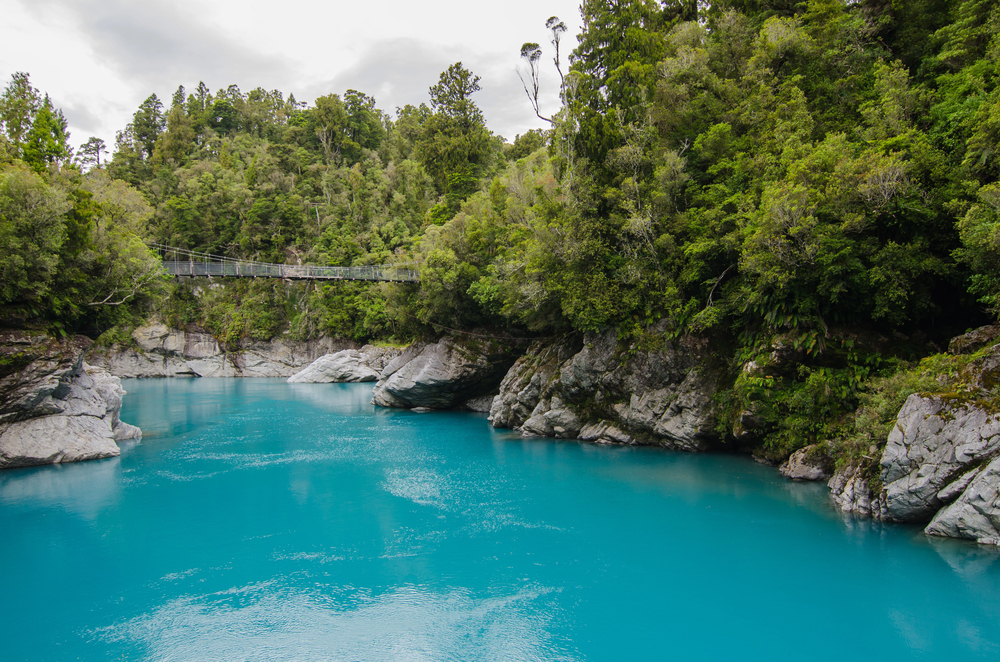
The milky turquoise waters of this narrow gorge contrast dramatically with morning fog that forms along the river channel and rises through the surrounding temperate rainforest. The combination of vibrant blue water, lush green vegetation, and ephemeral white mist creates a color palette that seems almost artificially enhanced but is entirely natural.
Lake Brunner, West Coast

The largest lake in the northwestern South Island sits in a basin prone to collecting overnight fog that lingers well into morning hours. The dark, tannin-stained waters absorb rather than reflect the mist, creating the illusion of a bottomless void as kayakers paddle through patches of fog that part and reform around their vessels.
Like Travel Pug’s content? Follow us on MSN.
Waiheke Island, Auckland
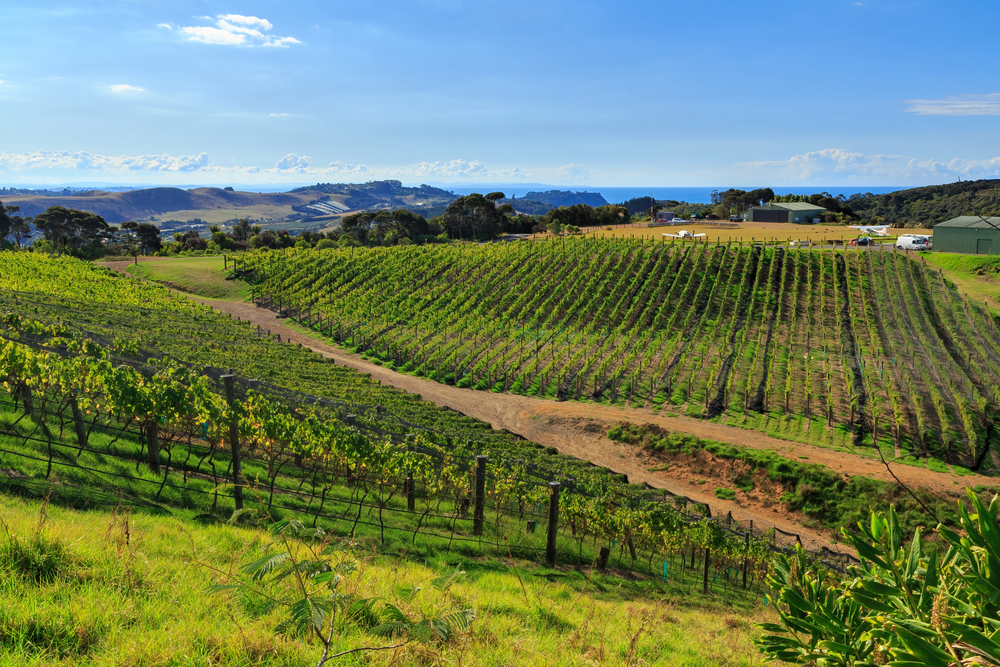
Despite its popularity with day-trippers from Auckland, the island’s varied topography creates numerous valleys and bays where sea fog accumulates on calm mornings. The vineyards and olive groves on higher ground often stand above the fog line, creating vantage points where visitors can watch the mist flow like slow-motion rivers through the gullies below.
Waipoua Forest, Northland
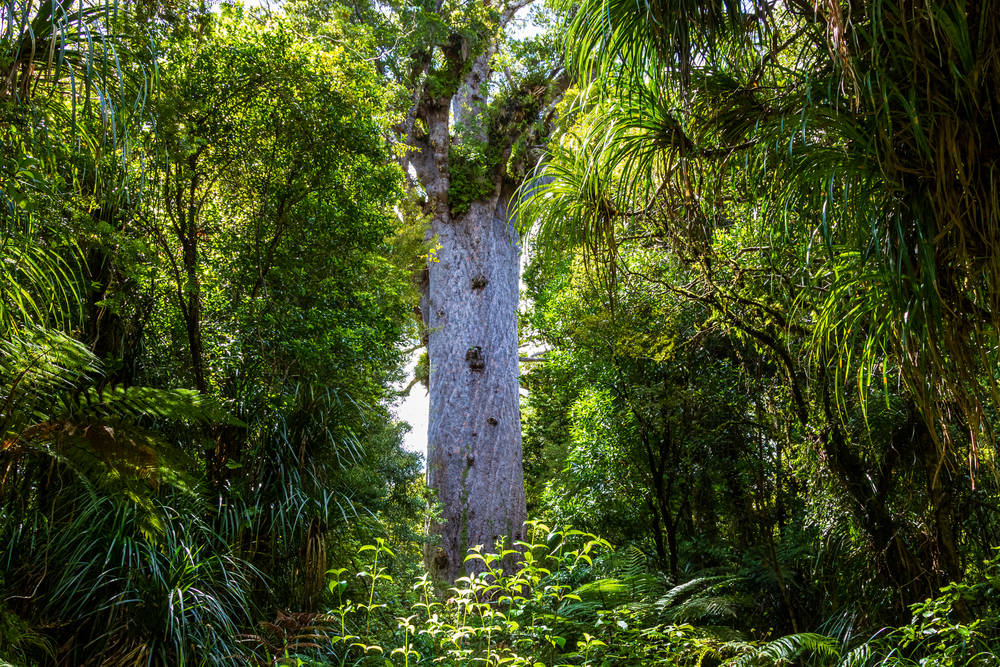
Home to Tāne Mahuta, New Zealand’s largest known living kauri tree, this ancient forest captures coastal fog that drifts inland from the Tasman Sea. The moisture-laden air creates an intensely atmospheric environment where massive tree trunks loom suddenly out of the mist, and droplets collect on the dense undergrowth, amplifying the sense of entering a primeval world.
Molesworth Station, Marlborough
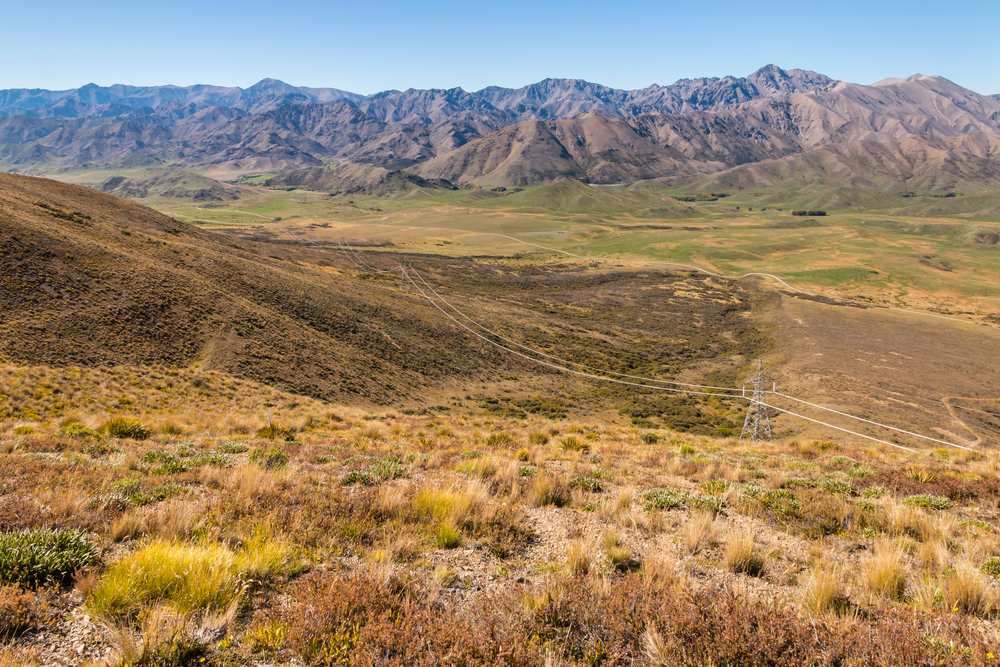
New Zealand’s largest farm experiences valley fog throughout the cooler months in its numerous river valleys and high basins. The vast, open landscape allows viewers to appreciate the full scale of fog formation, with clear boundaries between areas of visibility and complete white-out across the tussock grasslands and along the Awatere River.
Like Travel Pug’s content? Follow us on MSN.
Central Plateau Desert Road
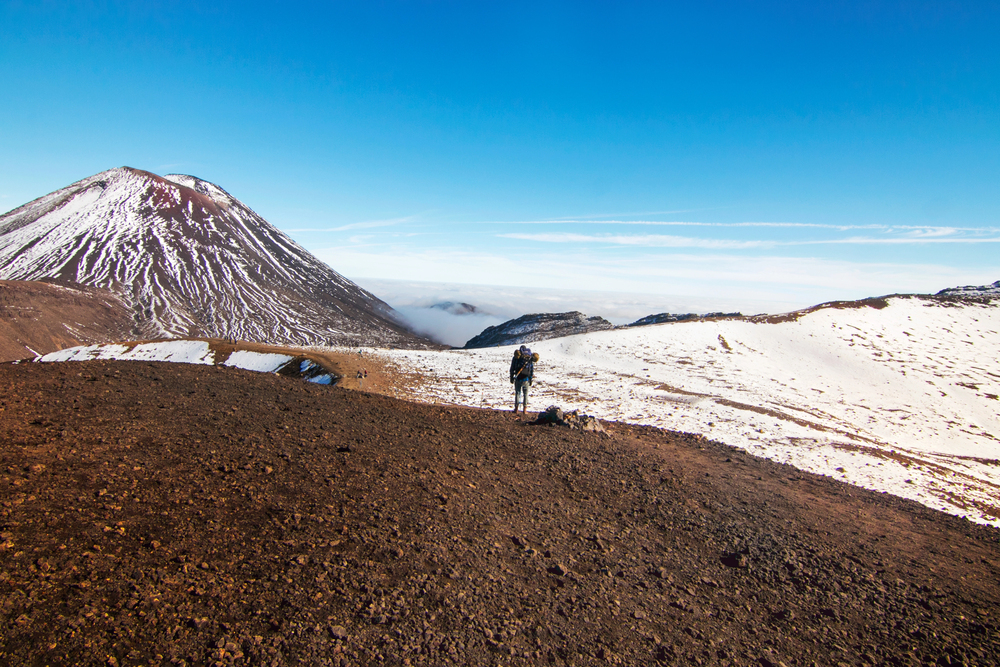
The high-altitude highway crossing the North Island’s volcanic center offers drivers the surreal experience of passing through multiple fog banks created by the region’s complex topography. Morning travelers witness the dramatic sight of Mount Ruapehu appearing and disappearing through shifting layers of mist as they traverse this stark landscape of tussock and scoria.
Lake Tekapo, Mackenzie Country
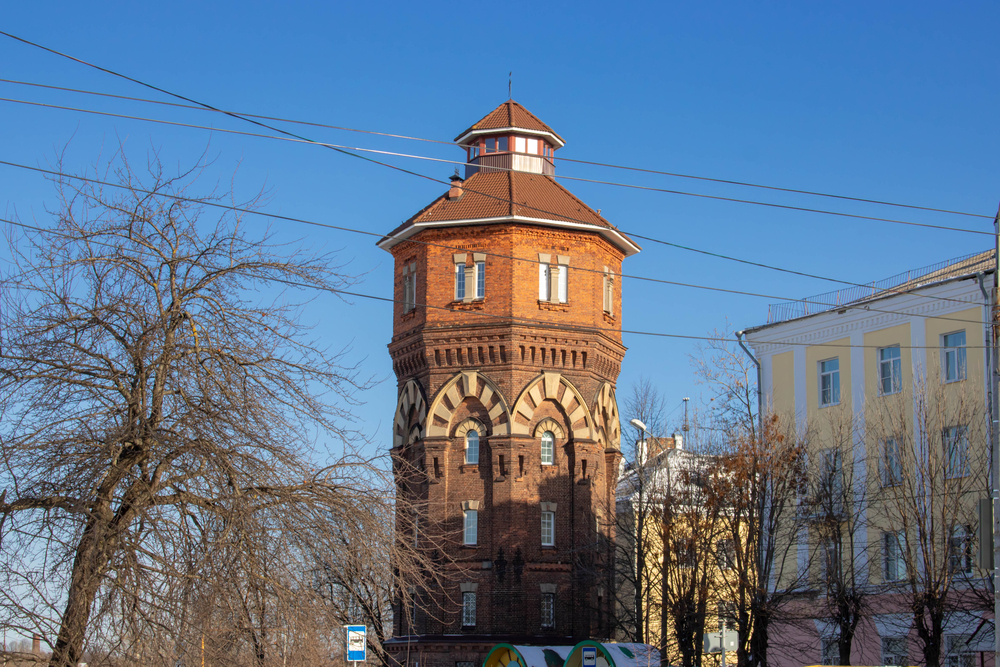
The iconic Church of the Good Shepherd becomes even more photogenic when partially obscured by morning fog rolling across the turquoise glacial lake. Photographers gather before dawn to capture the moment when first light illuminates the fog from within, creating a luminous glow around the stone church and along the lakeshore.
Hooker Valley, Aoraki/Mount Cook National Park

The valley leading to New Zealand’s highest peak experiences morning fog that flows like a slow-motion river between the lateral moraines left by retreating glaciers. Hikers on the popular track witness extraordinary transitions as they move through alternating bands of clear air and dense fog, with the massive face of Aoraki/Mount Cook revealing itself dramatically when the mist momentarily clears.
Like Travel Pug’s content? Follow us on MSN.
The Ephemeral Canvas

What makes New Zealand’s foggy mornings so captivating is their perfect intersection of timing, landform, and light quality. These misty displays represent nature at its most artistic—creating, erasing, and recreating landscapes within minutes as temperature, wind, and sunlight interact with water vapor suspended in the air.
For travelers willing to rise before dawn and venture out in the cool morning hours, these foggy environments offer a profoundly different experience from New Zealand’s famous landscapes. The familiar postcard scenes transform into mysterious, mutable environments where limited visibility heightens other senses and shapes appear gradually rather than all at once. In a country celebrated for its photogenic qualities, these ephemeral moments of transition between night and day, hidden and revealed, represent perhaps the most magical expressions of New Zealand’s natural beauty.
More from Travel Pug

- Cities Growing so Fast You Won’t Recognize Them in 10 Years
- 13 Destinations Where Tourists Regularly Regret Their Trip
- 20 Obscure WWII Sites Even History Buffs Don’t Know About
- 10 Under-the-Radar Mountain Towns That Are Both Affordable and Beautiful
- Remote Villages in Europe Where You Can Live for Free in Exchange for Work
Like Travel Pug’s content? Follow us on MSN.
